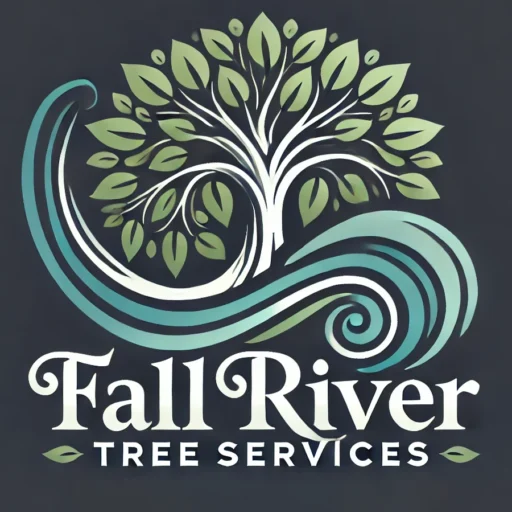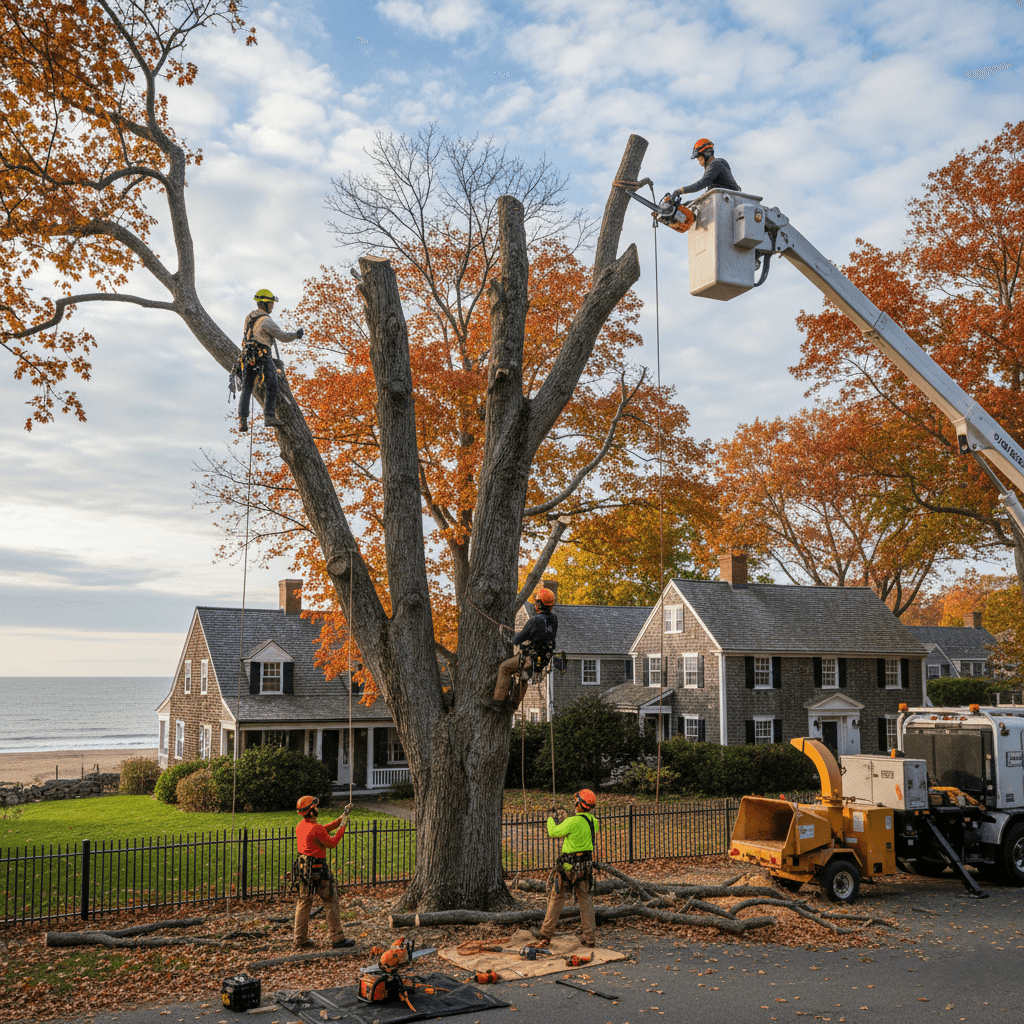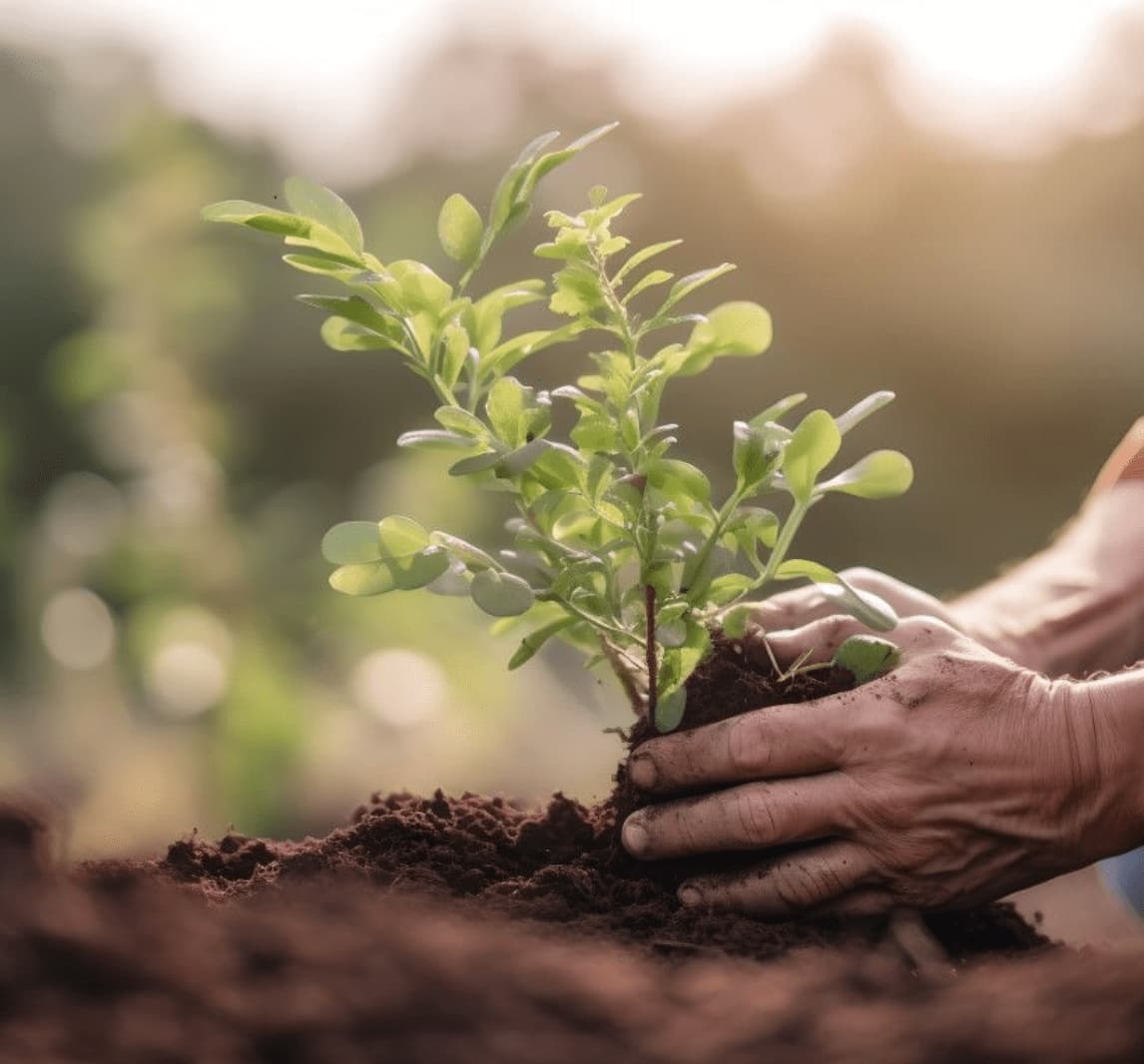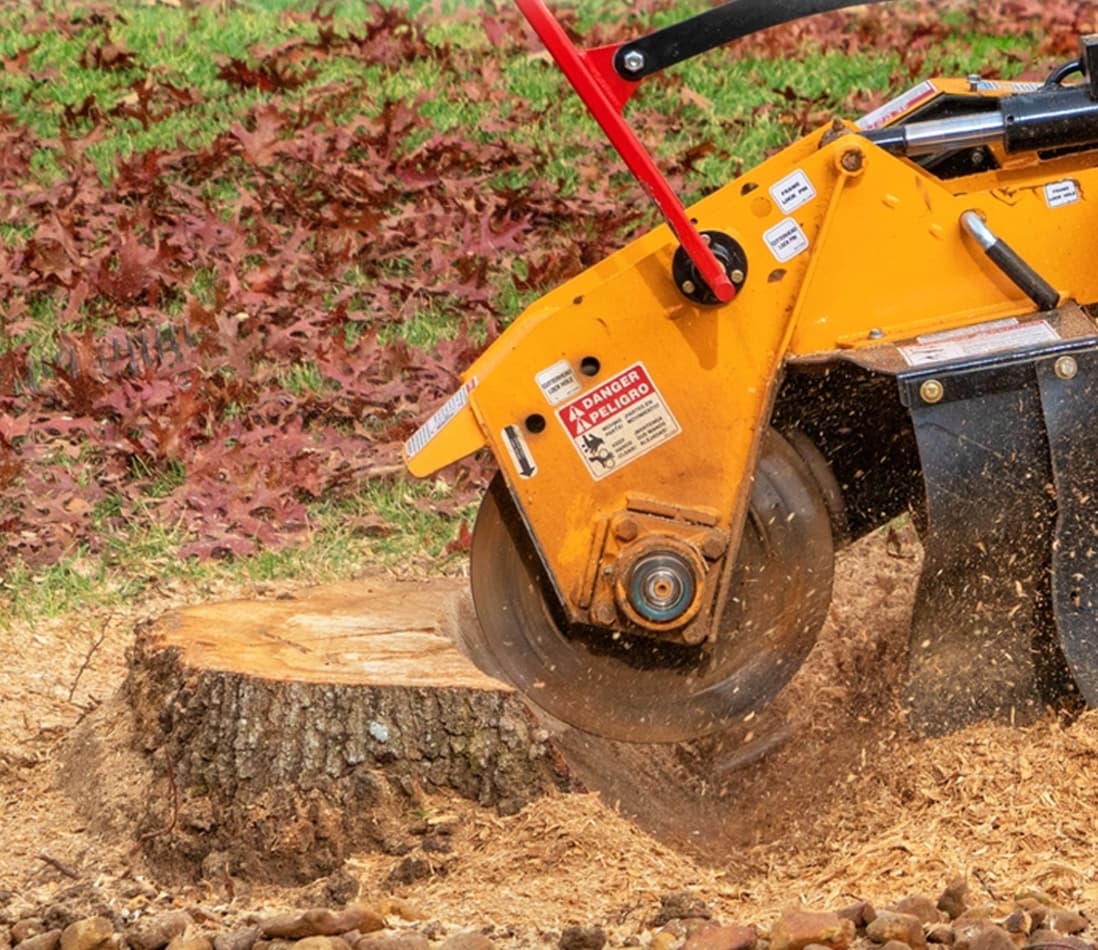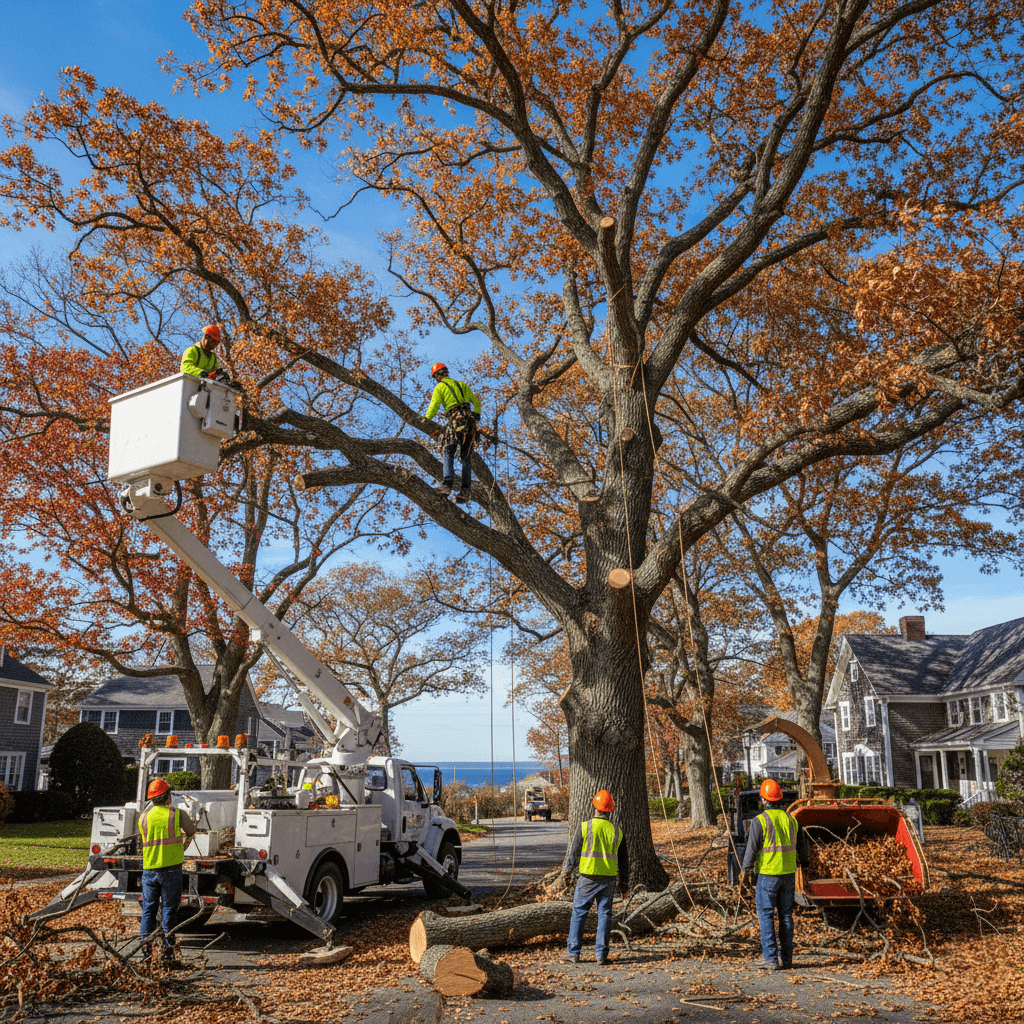
Tree Pruning That Boosts Bloom and Growth
Tree Pruning Fall River
Strategic tree pruning can dramatically improve flowering, fruiting, and overall tree health when performed with proper timing and techniques. Fall River homeowners who invest in professional tree pruning services often see remarkable improvements in their landscape’s beauty and productivity within a single growing season. From the ornamental trees adorning properties near Heritage State Park to the fruit trees in backyard gardens throughout the Highlands neighborhood, understanding how pruning affects plant biology enables property owners to maximize their trees’ potential for abundant blooms and vigorous growth.
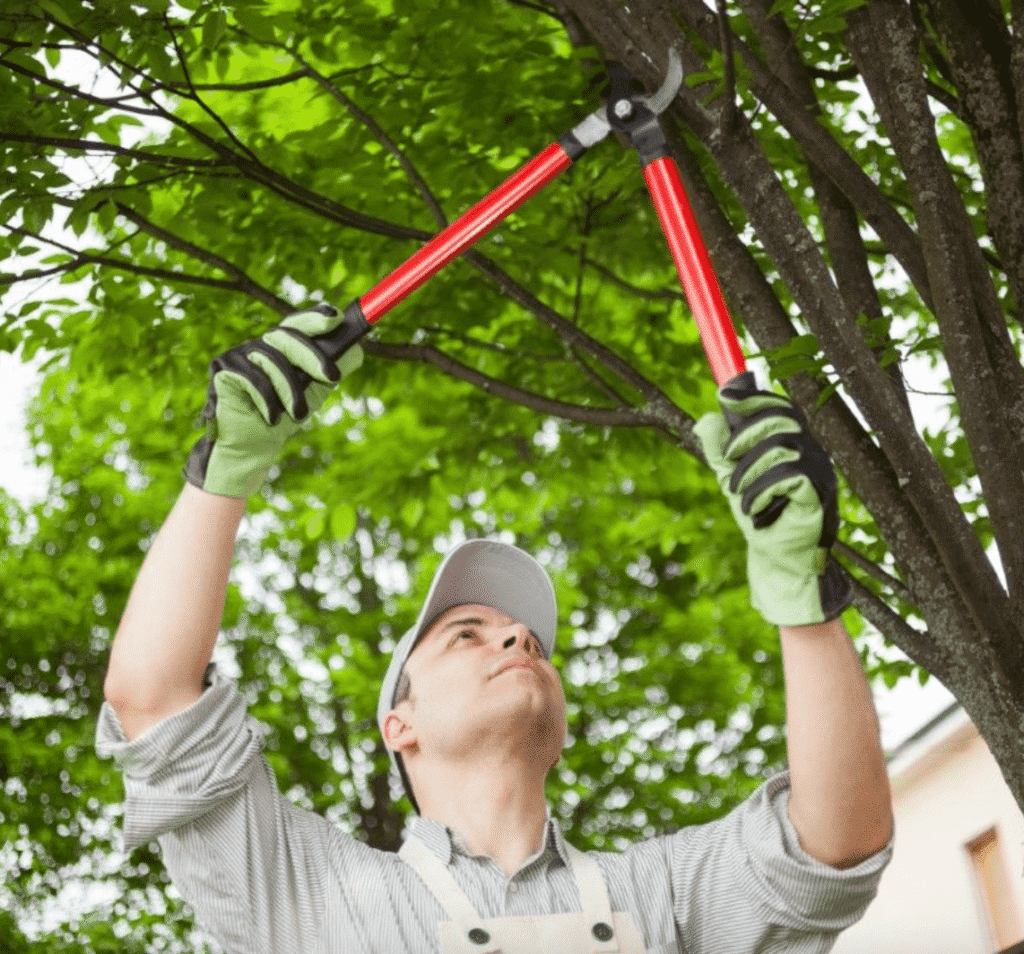
Understanding How Pruning Affects Tree Biology
Tree pruning works by redirecting the plant’s energy and growth hormones to promote desired outcomes. When arborists remove specific branches, they alter the tree’s natural hormone distribution, encouraging new growth in targeted areas and stimulating flower bud development for enhanced blooming.
Proper pruning cuts trigger healing responses that can improve overall tree vigor. Clean cuts made at appropriate locations heal quickly and redirect nutrients that were previously supporting removed branches to remaining parts of the tree, often resulting in stronger, more productive growth.
Light penetration plays a crucial role in flowering and fruit development. Strategic branch removal opens the canopy to allow sunlight to reach interior branches, stimulating flower bud formation throughout the tree rather than limiting blooms to outer edges where light is most abundant.
Air circulation improvements from thoughtful pruning reduce disease pressure and create healthier growing conditions. Better airflow prevents fungal problems that can reduce flowering and weaken trees, while also helping maintain optimal moisture levels for sustained growth throughout Fall River’s variable climate conditions.
Timing Pruning for Maximum Bloom Production
The timing of tree pruning significantly impacts flowering potential, with different species requiring specific pruning windows to maximize bloom production. Spring-flowering trees like dogwoods, redbuds, and ornamental cherries should be pruned immediately after flowering to avoid removing next year’s flower buds.
Summer-blooming trees can typically be pruned during dormant seasons without affecting flower production, as these species set flower buds on current-year growth. Understanding these timing differences prevents the common mistake of inadvertently removing flower buds through poorly timed pruning operations.
Fall River’s climate creates specific considerations for pruning timing, as late pruning can stimulate growth that doesn’t have time to harden before winter. Professional arborists understand these local factors and schedule pruning to optimize both flowering and cold hardiness for trees in coastal Massachusetts.
Fruit trees require specialized timing considerations that balance flower production with fruit quality. Late winter pruning often produces the best results for most fruit species, removing competing growth and opening canopies before the growing season begins.
Techniques That Promote Vigorous Growth
Proper pruning techniques stimulate healthy new growth while maintaining tree structure and stability. Thinning cuts that remove entire branches back to their point of origin encourage strong growth from remaining branches without creating weak, multi-stemmed responses that can compromise tree structure.
Heading cuts that shorten branches to lateral buds can stimulate dense new growth when used selectively. However, these cuts require careful consideration because improper use can create weak branch structures or stimulate excessive water sprout development that detracts from tree health and appearance.
Crown-raising techniques remove lower branches to redirect energy to upper portions of the tree, often improving flowering in species that bloom on newer growth. This approach works particularly well for ornamental trees in landscaped settings where increased clearance provides both aesthetic and practical benefits.
Deadheading spent flowers and removing seed pods can extend blooming periods and redirect energy into additional flower production. This technique works especially well with trees like crape myrtles that can produce multiple flushes of blooms when properly managed throughout the growing season.
Species-Specific Pruning Strategies
Different tree species respond uniquely to pruning, requiring customized approaches to achieve optimal flowering and growth results. Ornamental flowering trees common in Fall River landscapes each have specific requirements that professional arborists understand and implement.
Magnolias require minimal pruning but benefit from careful removal of competing leaders and crossing branches. These trees compartmentalize wounds slowly, making proper timing and technique crucial for maintaining tree health while encouraging the spectacular spring blooms that make magnolias so desirable.
Fruit trees like apples and pears require annual pruning to maintain productive growth and prevent overcrowding that reduces fruit quality. Professional pruning creates balanced branch spacing that supports heavy fruit loads while ensuring adequate light penetration for flower bud development.
Flowering shrubs that grow as small trees, such as lilacs and forsythia, need specific approaches that maintain their natural growth habits while maximizing bloom production. Understanding each species’ flowering patterns enables targeted pruning that enhances rather than diminishes their ornamental value.
Tools and Equipment for Professional Results
Professional tree pruning requires sharp, properly maintained tools that make clean cuts without damaging bark or underlying tissue. Hand pruners, loppers, and pruning saws must be kept razor-sharp and disinfected between trees to prevent disease transmission that could compromise tree health and flowering potential.
Different cuts require different tools for optimal results. Hand pruners work best for branches up to about one inch in diameter, while loppers handle larger branches effectively. Pruning saws become necessary for branches too large for loppers, and proper saw selection affects both cut quality and worker safety.
Pole saws and aerial equipment enable professional arborists to reach high branches safely while maintaining the precision necessary for proper cuts. DIY attempts to reach high branches often result in poor cuts, safety hazards, or incomplete pruning that fails to achieve desired flowering and growth improvements.
Clean-up equipment and debris management tools are essential for professional pruning operations. Proper disposal of pruned material prevents disease problems and maintains site cleanliness that reflects the quality and professionalism of the pruning service.
Common Pruning Mistakes That Reduce Blooming
Improper pruning techniques can significantly reduce flowering and compromise tree health, making professional expertise valuable for homeowners wanting optimal results. Topping trees or making flush cuts damages tree biology and often eliminates flowering potential for multiple years.
Over-pruning removes too much foliage and branch structure, weakening trees and reducing their ability to produce flowers. Professional arborists follow industry standards that typically limit pruning to no more than 25% of a tree’s canopy in a single year, ensuring adequate leaf surface remains for photosynthesis and energy production.
Timing mistakes represent another common problem that reduces blooming. Pruning spring-flowering trees in late fall or early spring removes flower buds that have already formed, eliminating blooms for the coming season, regardless of how well the actual pruning techniques are executed.
Poor cut placement creates wounds that heal slowly and may become infected, diverting energy away from flower production into defense responses. Professional arborists understand proper cut placement that promotes rapid healing and maintains tree vitality for maximum blooming potential.
Environmental Factors That Affect Pruning Results
Fall River’s coastal climate creates specific environmental conditions that influence how trees respond to pruning and develop flowers. Salt exposure, wind patterns, and moisture levels all affect tree health and must be considered when developing pruning strategies for maximum bloom and growth enhancement.
Soil conditions throughout Fall River vary significantly, from sandy coastal areas to heavier clay soils inland. These differences affect how trees respond to pruning and their ability to support increased flowering and growth stimulated by proper branch removal.
Microclimate variations within individual properties can influence pruning decisions and timing. Trees in protected locations may respond differently to pruning than those exposed to coastal winds, requiring customized approaches that account for specific site conditions.
Seasonal weather patterns affect both pruning timing and results. Understanding how local climate variations influence tree biology helps professional arborists time pruning operations for optimal flowering enhancement and growth stimulation.
Fertilization and Care Following Pruning
Post-pruning care significantly influences how well trees respond with increased flowering and growth. Proper fertilization programs support the vigorous new growth that pruning stimulates, while appropriate watering maintains tree health during the recovery and response period.
Organic matter additions and soil improvements can enhance pruning results by providing optimal growing conditions for stimulated growth. Professional tree care services often recommend soil testing and amendment programs that support the improved flowering and growth that proper pruning makes possible.
Mulching around pruned trees helps maintain soil moisture and temperature while suppressing competing weeds. Proper mulch application supports tree health during the critical months following pruning when trees are channeling energy into new growth and flower development.
Monitoring and follow-up care ensure that pruning results meet expectations and address any issues that might arise during the tree’s response period. Professional services often include monitoring as part of comprehensive tree care programs that maximize long-term benefits from pruning investments.
Long-Term Benefits of Professional Pruning
Investing in professional tree pruning creates cumulative benefits that improve over time, with properly pruned trees showing increasingly better flowering and growth patterns in subsequent years. Regular professional maintenance builds on previous work to create spectacular landscape displays that enhance property values.
Structural improvements from professional pruning create stronger, healthier trees that can support increased flower and fruit production without risk of branch failure. This structural foundation enables trees to reach their full ornamental potential while maintaining safety and stability.
Disease prevention through proper pruning techniques maintains tree health that supports consistent flowering year after year. Professional approaches that promote good air circulation and eliminate problem areas create conditions that support long-term tree vitality and ornamental value.
Professional pruning programs can be customized to achieve specific landscape goals, whether maximizing spring flowering displays, extending bloom periods, or improving fruit production. These targeted approaches deliver results that DIY efforts rarely achieve consistently over time.
Choosing Professional Pruning Services
Selecting the right tree pruning service makes the difference between spectacular results and disappointment. Look for certified arborists who understand plant biology and have experience with the specific tree species in your Fall River landscape. Professional services should be able to explain how their techniques will improve flowering and growth for your particular trees.
Precision Tree Services Fall River combines botanical expertise with years of experience working with the diverse tree species that thrive in our coastal Massachusetts climate. From the ornamental trees gracing properties near Government Center to the productive fruit trees in residential gardens around Oak Grove Cemetery, we understand how to prune for maximum flowering and growth enhancement.
Our certified arborists stay current with the latest research in pruning techniques and plant biology, ensuring that our methods deliver optimal results for tree health and ornamental value. We work with homeowners to develop customized pruning programs that achieve specific landscape goals while maintaining tree safety and structural integrity.
Professional tree pruning represents an investment in your landscape’s beauty and productivity that pays dividends for years to come. When performed with proper timing, techniques, and follow-up care, strategic pruning can transform ordinary trees into spectacular landscape features that provide abundant blooms, vigorous growth, and enhanced property value. Contact Precision Tree Services Fall River to discuss how professional pruning can unlock your trees’ full potential for beauty and productivity.
